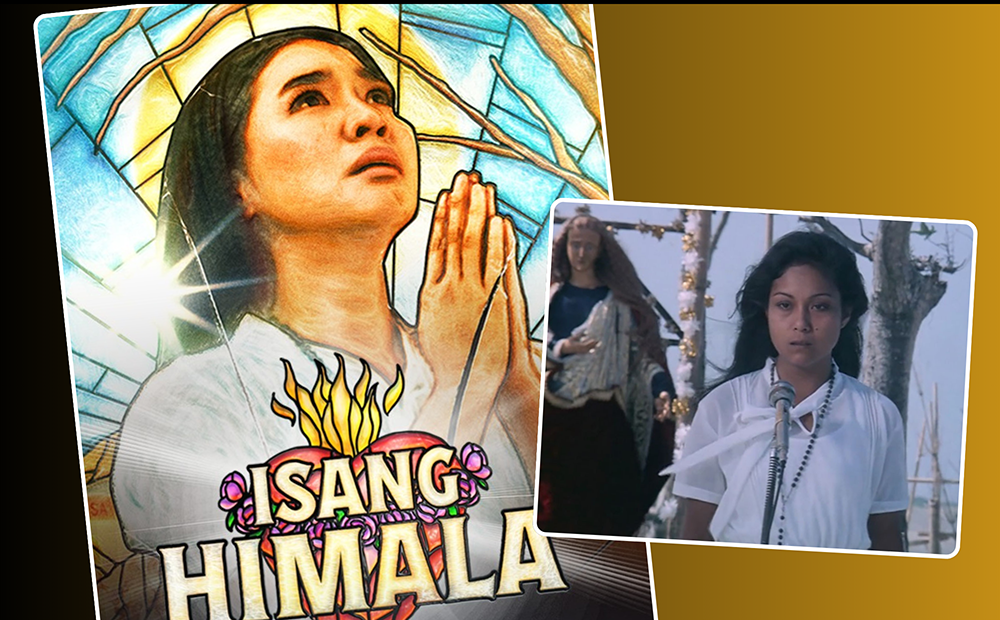“Isang Himala” is a holiday movie that’s not supposed to make you feel good.
We know all the village dramas, gossip, and flirtations in the story are leading to a horrific ending. That’s not a spoiler as this entry in the 2024 Metro Manila Film Festival is a remake of “Himala,” the 1982 classic that every film student knows.
Yet this version strives to be its opposite, an unlikely musical with a kaleidoscope of stimuli. Where the Ishmael Bernal original was minimalist in its approach, with long silences and lingering shots, director Pepe Diokno fills the screen with operatic movement as the movie theater pulsates with lush scoring and bravado singing. In this expressionist treatment, there is hardly a moment of silence.
This is actually more a movie adaptation of the acclaimed stage version of Himala, which ran for a couple of years before the pandemic, with music by Vincent de Jesus.
Just as on stage, the story is powered by a range of luxuriant vocal talent. The buoyantly innocent Elsa played by Aicelle Santos conveys a more virginal quality than the grim Nora Aunor, with an immaculate voice to match. On the other side of the personality spectrum is the bawdy Nimia portrayed with vivid believability by Kakki Teodoro. On the floor of her cabaret she sings with hard-earned savviness about the thin line between her trafficking in flesh and Elsa’s offering of miracles.
When Pepe Diokno saw “Himala: Isang Musical” on stage, he felt moved enough to envision it for cinema. It’s nearly the same cast that transitioned from stage to screen, hence the insistence by the players to sing it live rather than lip sync a recording.
That kind of authenticity would not have been possible in a natural setting with uncontrollable ambient noise. So the whole movie was shot in an indoor sound stage where the village scenes had a fuzzy, artificial quality. Can’t have everything. From the gritty social realism of the 1980s, this version had the manufactured look suited to the age of AI.
While the style and music were a significant departure from the Bernal vision, Diokno recognized the story’s ageless relevance and recruited the screenwriter of the original, Ricky Lee, to co-write the version for today’s generation.
“Isang Himala” is the tragic story of Elsa, a young woman claiming miraculous powers. The adulation she inspires speaks to the human preference for shortcuts to salvation, rather than the hard work of social progress. The fervent belief in magical solutions becomes a racketeering opportunity for various depraved characters.
Just as Bernal in 1982 wanted audiences to question the appeal of Marcosian idolatry, Pepe Diokno in 2024-25 conveys how easily false narratives can captivate the public.
So in that climactic moment — again, no big spoiler here as many of us know the ending — when Elsa declares the falsehood of her miracles, “walang himala,” her life ends. To the killer, and perhaps to many of her followers, the truth of the illusion is too terrible to bear.
Hovering around the action is the boyish documentarist Orly, played by David Ezra, who represents the earnest skeptics among us but also becomes the conscience-stricken observer who would rather document an atrocity than stop it. Shooting with analog cameras, he harkens back to a time when storytellers mattered, when films like this mattered, before everyone’s brains were scattered into little pieces of attention.
After Elsa’s fate is sealed, Orly turns his camera to the audience, making us all wonder how we’d react if the magic in our lives was exposed as a lie.




